Few cities in the world bring as much joy and happiness as Rio de Janeiro. Here you will find samba style football, the colorful annual carnival, beaches of Copacabana and Ipenema, the Corcovado tram line and many other sights and activities which will make the trip memorable.
The highlights of the city are literally the distinctive Sugarloaf Mountain and the impressive Christ the Redeemer statue, which embraces and views upon the entire Rio de Janeiro. A trip to the statue is a must on a trip to the charming Brazilian metropolis. The statue and the panoramas from here are unforgettable.
In addition to the many opportunities for swimming and relaxing, Rio de Janeiro is also a city with a great cultural offer. Fine museums and interesting church buildings are numerous, and the cariocas, which is the local name for Rio de Janeiro’s inhabitants, make a difference as well. Their mood and happiness will surely go to you as a visitor.
Zona Sul is often the place to be as a tourist in the city. The neighborhoods of Botafogo, Catete, Flamengo and Gloria are areas with a lot of carioca soul, and Santa Teresa is worth visiting as well. If you want to experience more of historic Brazil and at the same time get out of the big city, you can enjoy a trip to Portuguese style Parati.
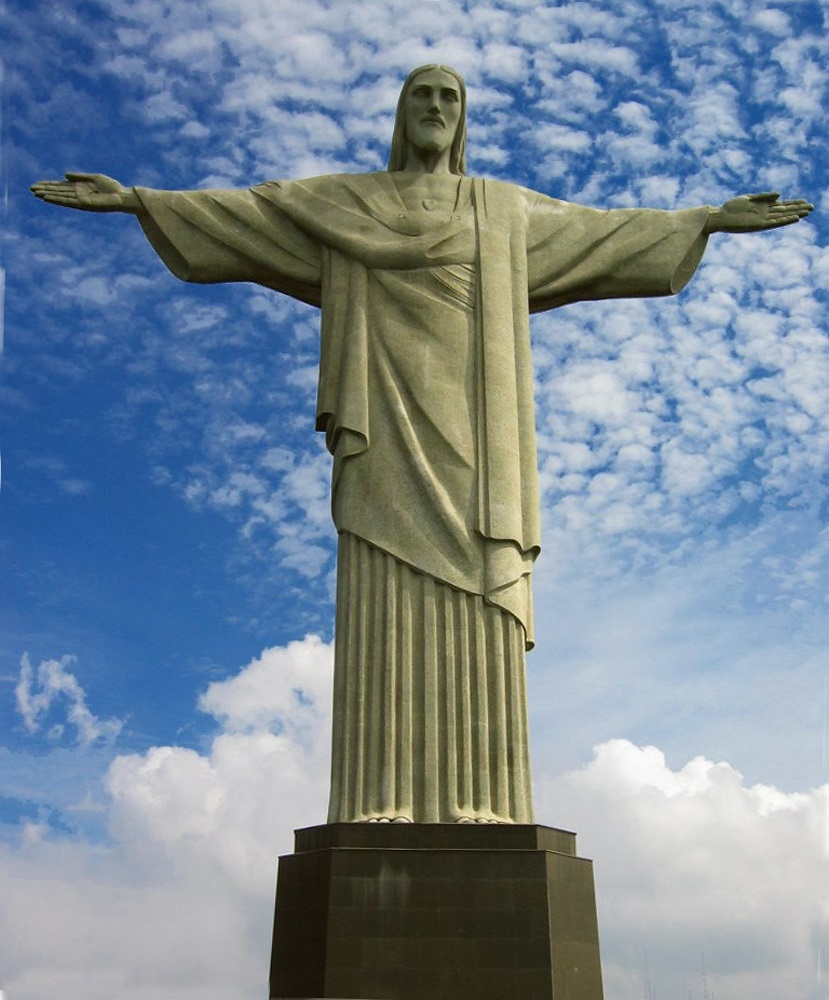

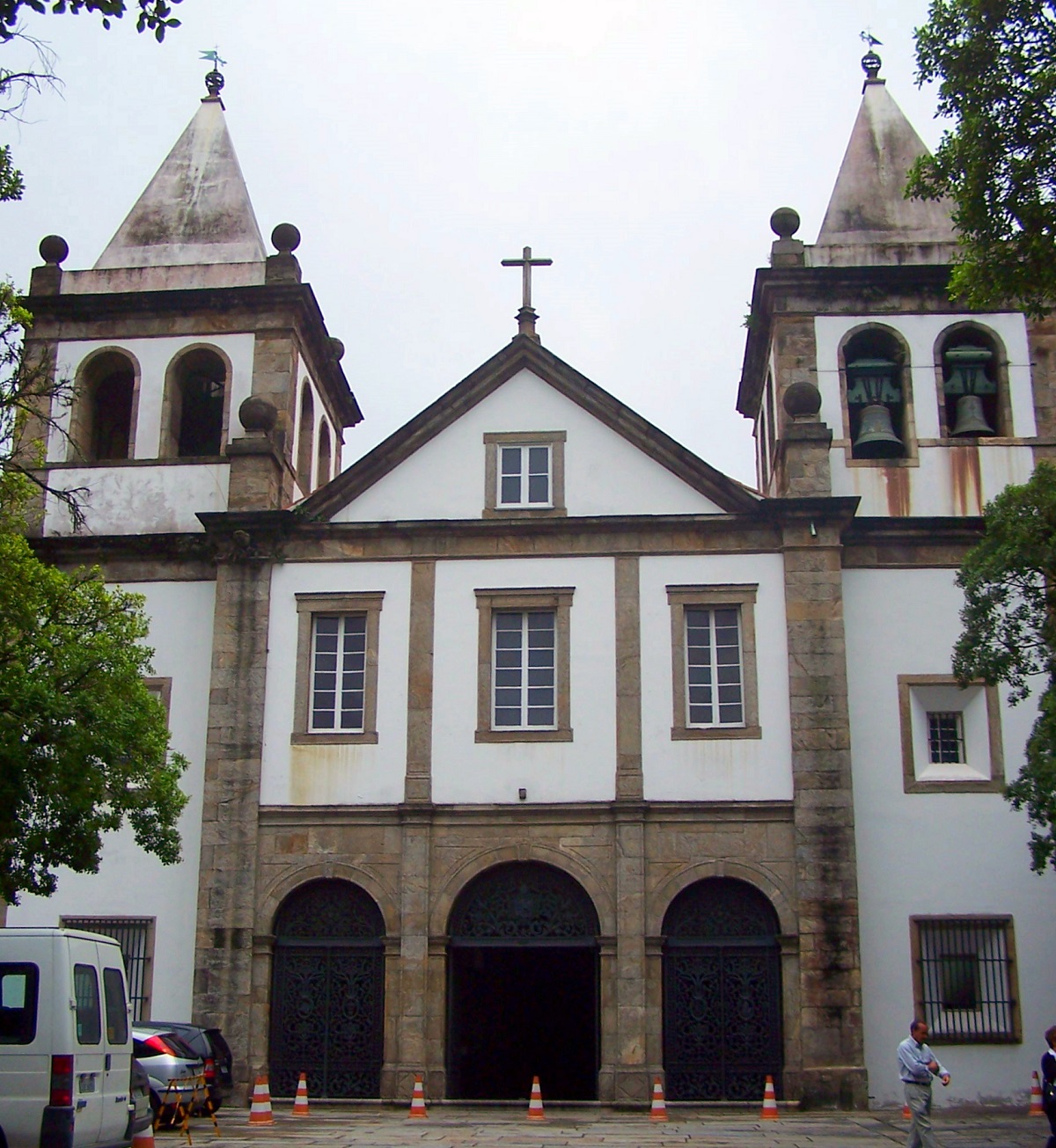
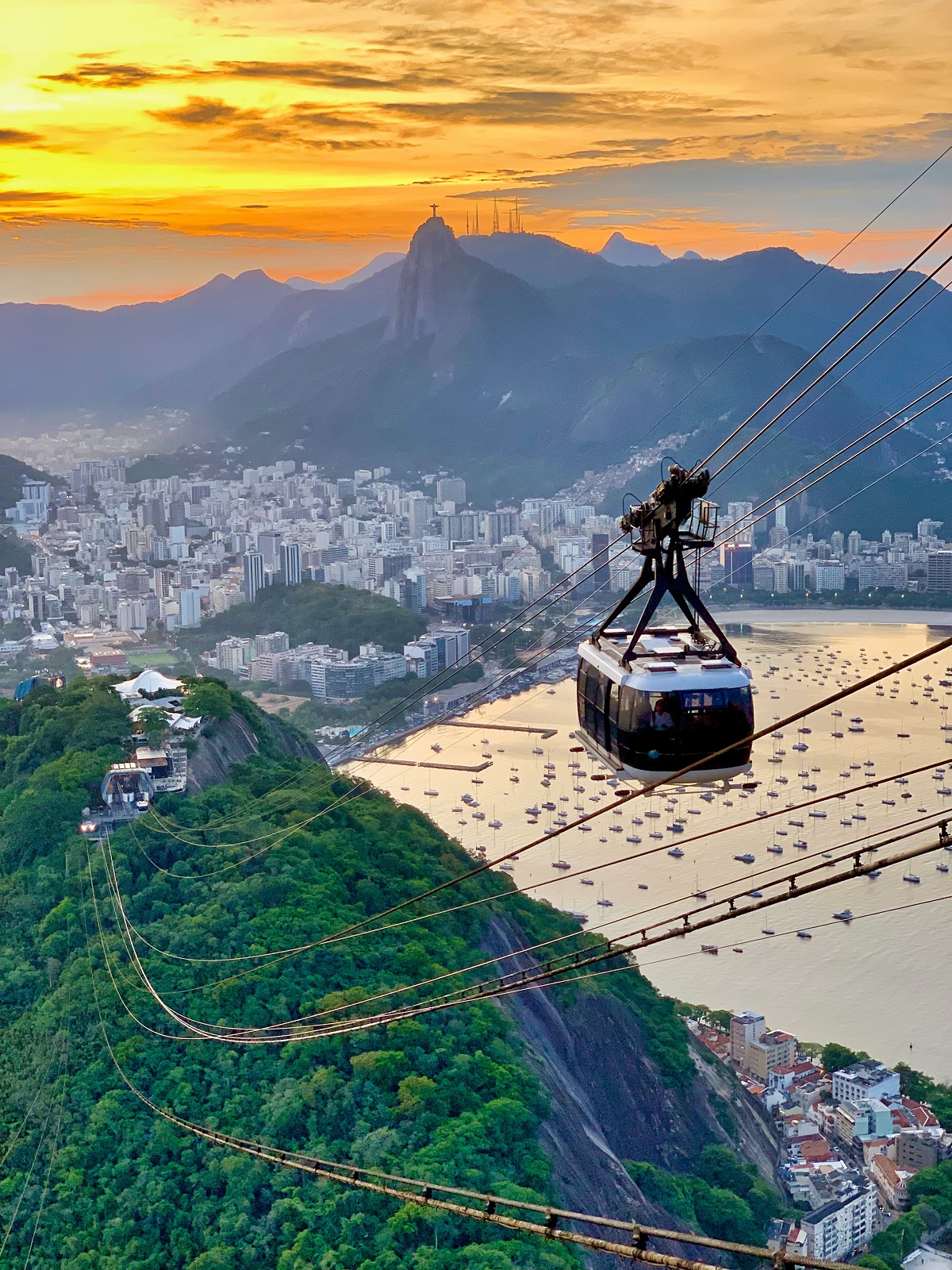
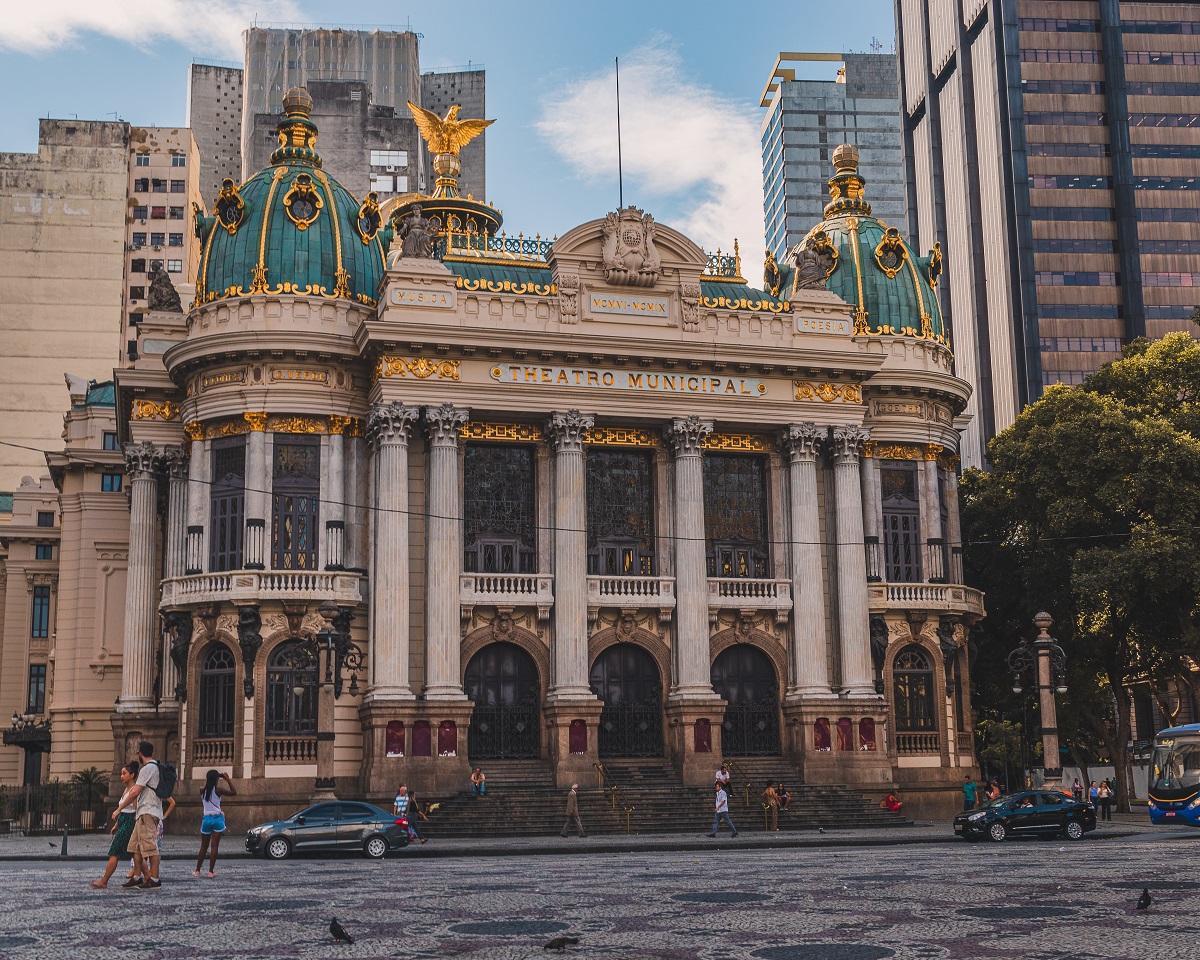
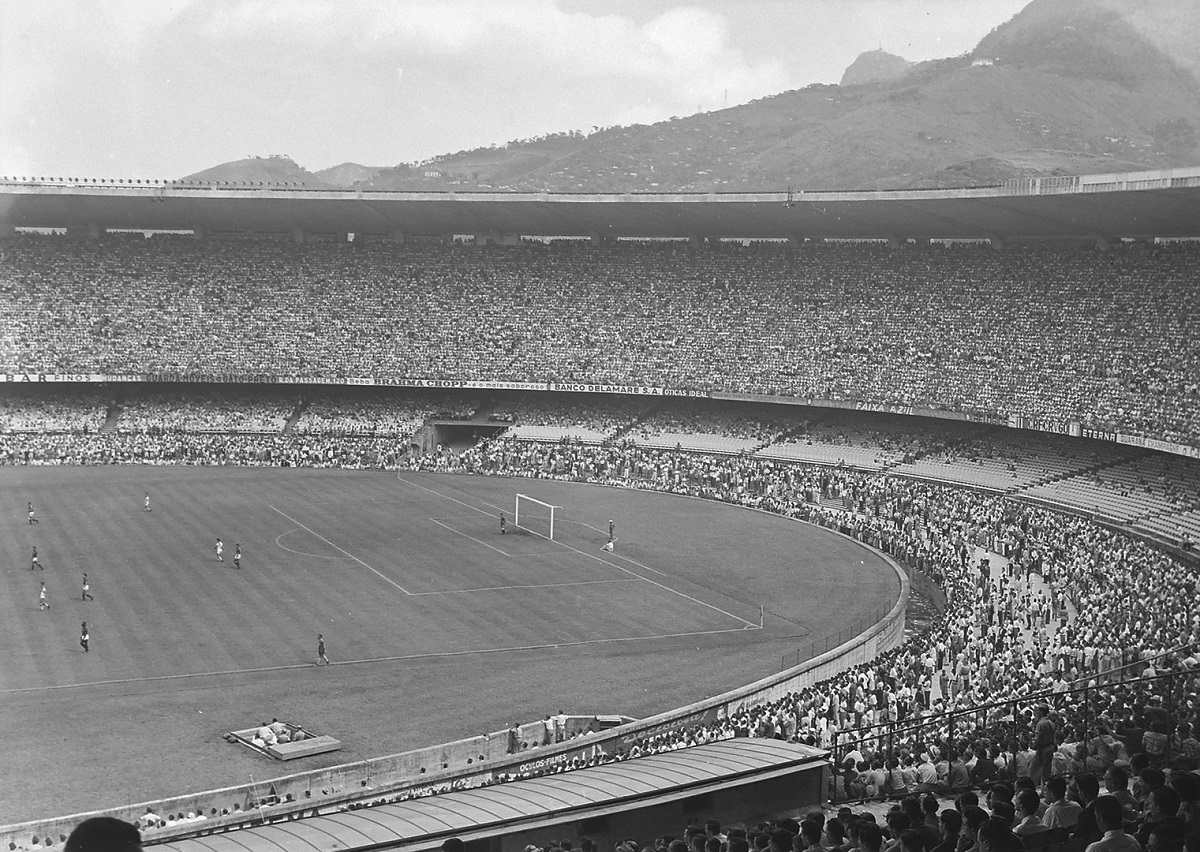
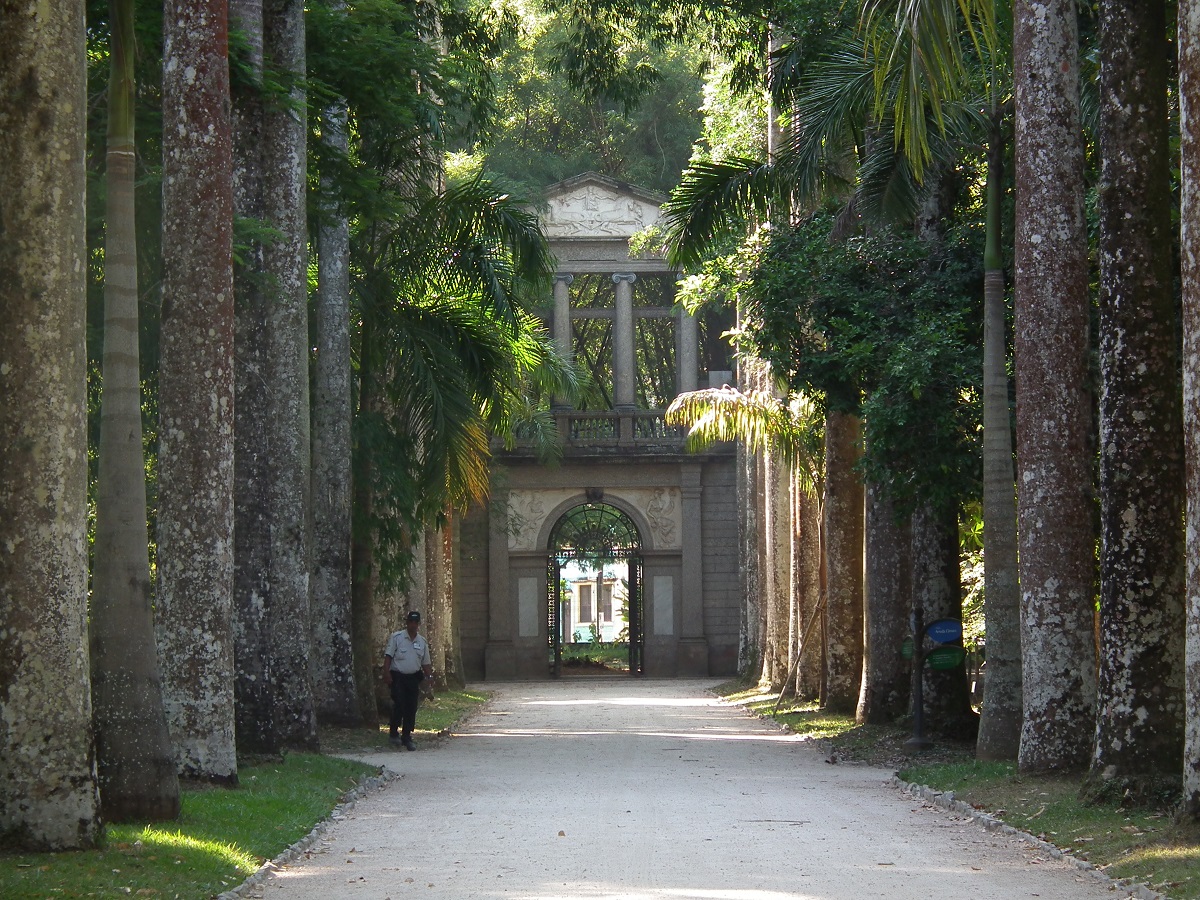
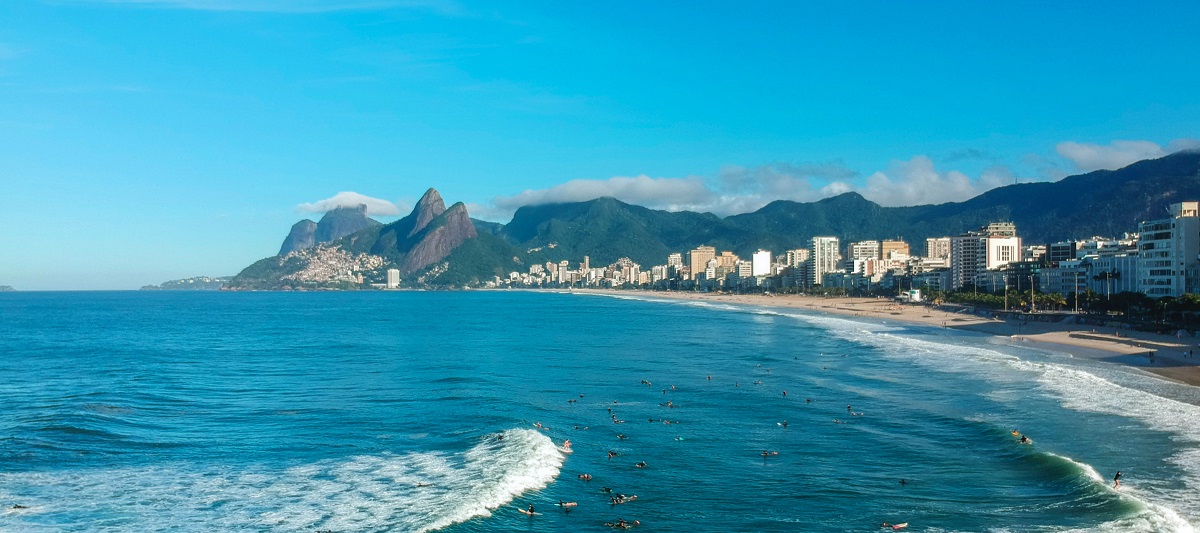
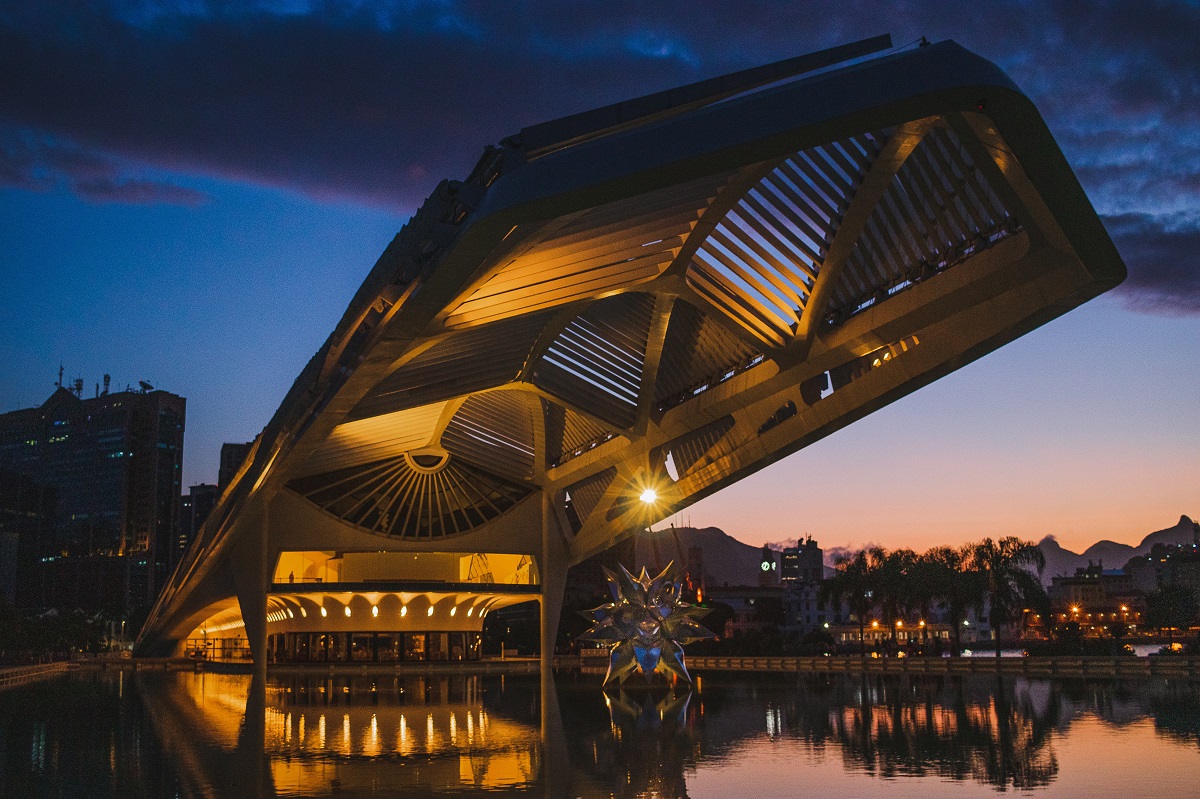
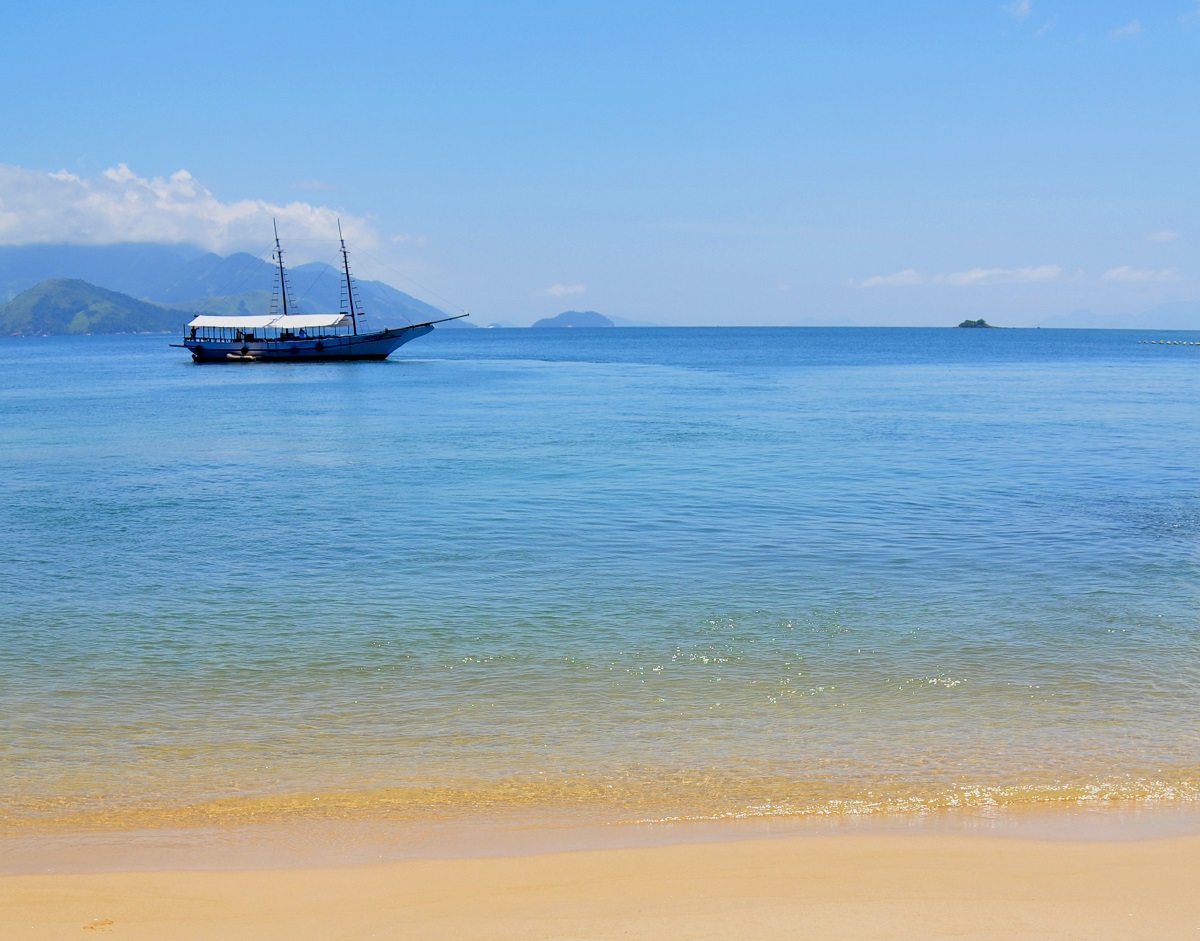
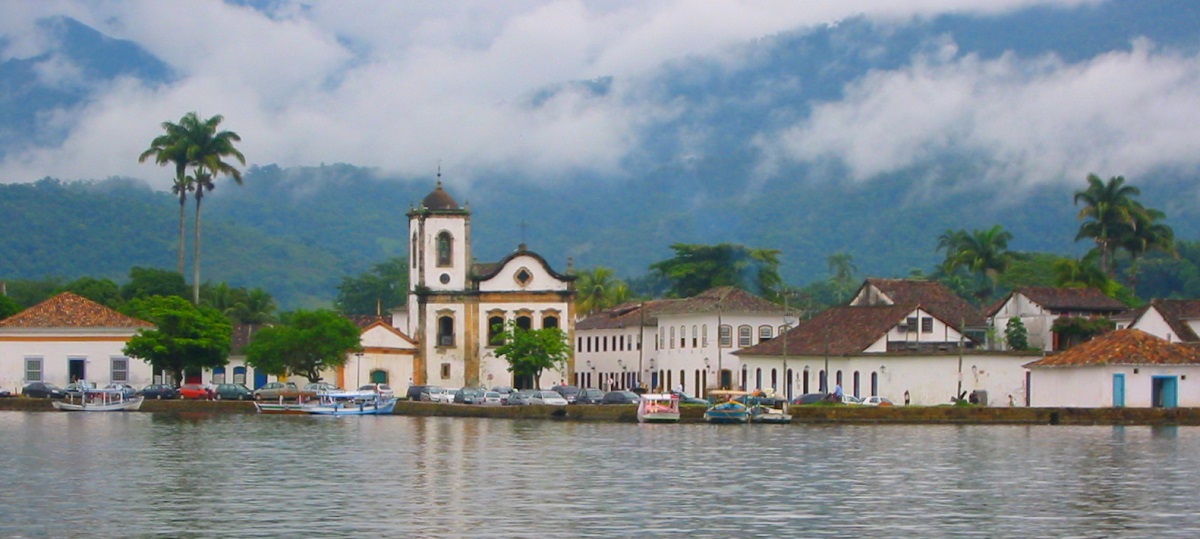
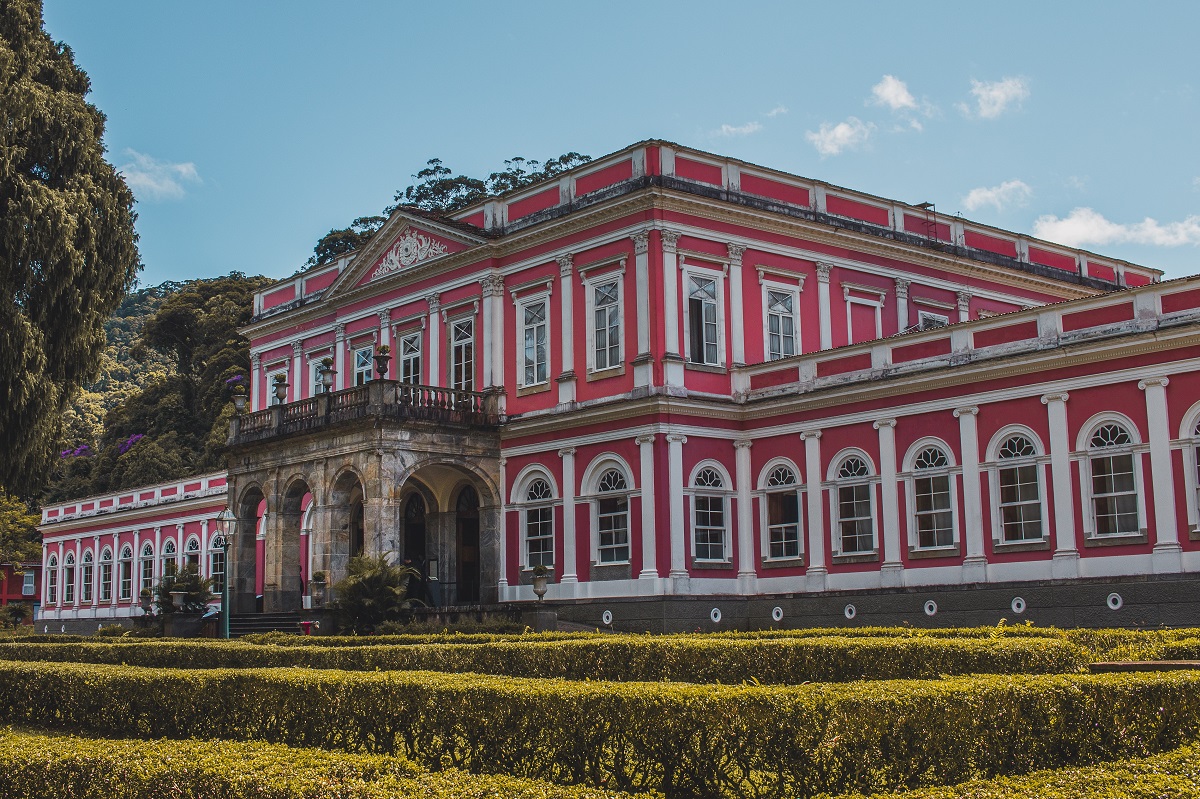
The first European presence in the present Rio de Janeiro area occurred in January 1502 when the Portuguese explorer, Gaspar de Lemos, headed an expedition sailing to the Gulf of Guanabara. They thought the bay had to be the mouth of a river, and so they called it Rio de Janeiro, which means the January river in Portuguese.
For decades, France sought influence in the area, and in 1555, under Admiral Villegaignon’s leadership, they occupied the areas around the Gulf of Guanabara, but after several battles they had to leave the country a few years later.
At the foot of the Sugar Summit, Estácio de Sá founded in 1565 the city of São Sebastião do Rio de Janeiro, named after the Portuguese king. The city was well situated with its natural harbor in the Gulf of Guanabara, but still close to the Atlantic Ocean, from which the city was exposed to repeated looting from, not least, enemies of Portugal.
Portugal was colonizing colossal Brazil, and to avoid the conquests of other Europeans, they founded many new cities. Rio de Janeiro was also made the second regional administrative center after Salvador to the north. In this way, a faster expansion in the southern part of the colony could be ensured.
For the first several years, economic development was slow, and Rio de Janeiro was a small city. Only slowly the region was cultivated, but production increased, and by the end of the 1600s sugar cane production was considerable and the largest export product.
At the beginning of the 18th century, gold was found in Minas Gerais, northwest of Rio de Janeiro inland. A gold fever erupted, attracting people from both Portugal and the other regions of Brazil. The King of Portugal decided that all gold from Brazil should be shipped from Rio de Janeiro, creating economic growth and growth in the city’s population.
In 1763, Rio de Janeiro was made Brazil’s only administrative center and thus in effect the capital of the colony, which naturally led to some new public institutions in the Portuguese administration.
The Portuguese king, Dom João VI, was forced to leave his homeland during Napoleon’s conquests in Portugal in 1808, and on that occasion he moved his entire court to Rio de Janeiro. The generous status of the city created additional buildings, including the king’s residence, and it added to the city a cultural wealth it had not previously enjoyed. The Kingdom’s official capital was moved to Rio de Janeiro, which was also the European capital.
In 1821, Dom João VI returned to Lisbon, and the following year his son declared Brazil independently and appointed himself Emperor Pedro I. He maintained Rio de Janeiro as its capital.
Emperor Dom Pedro I sacked the government in 1831, and after major riots and a failed reestablishment of political rule, he left Brazil, boarded a British warship and handed the throne to his 5-year-old son, who became Emperor Dom Pedro II in 1,841th
Rio de Janeiro developed rapidly through the latter half of the 19th century. The railroad came to town in 1858, and 10 years after, the first tram ran in the city streets. An increasing number of people came to Rio de Janeiro, which put pressure on the development of new urban areas.
In the early 1900s, a major expansion of the city started. In the center, wider boulevards were built, and Zona Sul, located south of the center and the through mountains, was planned. This started the life around Copacabana Beach, which had previously been outside Rio de Janeiro. Copacabana Palace Hotel was one of the most fashionable hotels in the American continents in the 1930s, and during this period the city established its name as the capital of beaches and the joy of life.
The metropolis of São Paolo had gradually taken over Rio de Janeiro’s role as Brazil’s economic locomotive, while through the 20th century a number of cultural institutions were established in the capital. In 1905, construction of the city’s new theater was started, and many museums were established around the city’s many neighborhoods.
As the capital, Rio de Janeiro, with the rising tourism, continuously attracted masses of people from mainly Brazil’s poorer northeastern regions. They settled on the northwestern edge of the city, eventually developing into colossal neighborhoods with millions of inhabitants. The neighborhoods, the so-called favelas, often consisted of very temporary housing, and they lived their own lives far from tourists’ Rio de Janeiro, which was primarily the southern Zona Sul.
For years, it had been debated whether the capital of Brazil should be moved inland to develop the area. It became a reality in 1960, when Brasilia was created, thereby ending Rio de Janeiro’s status as the country’s capital.

Overview of Rio de Janeiro
Few cities in the world bring as much joy and happiness as Rio de Janeiro. Here you will find samba style football, the colorful annual carnival, beaches of Copacabana and Ipenema, the Corcovado tram line and many other sights and activities which will make the trip memorable.
The highlights of the city are literally the distinctive Sugarloaf Mountain and the impressive Christ the Redeemer statue, which embraces and views upon the entire area. A trip to the statue is a must on a trip to the charming Brazilian metropolis. The statue and the panoramas from here are unforgettable.
In addition to the many opportunities for swimming and relaxing, it is also a city with a great cultural offer. Fine museums and interesting church buildings are numerous, and the cariocas, which is the local name for the city inhabitants.
About the upcoming Rio de Janeiro travel guide
About the travel guide
The Rio de Janeiro travel guide gives you an overview of the sights and activities of the Brazilian city. Read about top sights and other sights, and get a tour guide with tour suggestions and detailed descriptions of all the city’s most important churches, monuments, mansions, museums, etc.
Rio de Janeiro is waiting for you, and at vamados.com you can also find cheap flights and great deals on hotels for your trip. You just select your travel dates and then you get flight and accommodation suggestions in and around the city.
Read more about Rio de Janeiro and Brazil
Buy the travel guide
Click the “Add to Cart” button to purchase the travel guide. After that you will come to the payment, where you enter the purchase and payment information. Upon payment of the travel guide, you will immediately receive a receipt with a link to download your purchase. You can download the travel guide immediately or use the download link in the email later.
Use the travel guide
When you buy the travel guide to Rio de Janeiro you get the book online so you can have it on your phone, tablet or computer – and of course you can choose to print it. Use the maps and tour suggestions and you will have a good and content-rich journey.
Copacabana • Sugar Loaf • Arcos da Lapa • Christ the Redeemer

Overview of Rio de Janeiro
Few cities in the world bring as much joy and happiness as Rio de Janeiro. Here you will find samba style football, the colorful annual carnival, beaches of Copacabana and Ipenema, the Corcovado tram line and many other sights and activities which will make the trip memorable.
The highlights of the city are literally the distinctive Sugarloaf Mountain and the impressive Christ the Redeemer statue, which embraces and views upon the entire area. A trip to the statue is a must on a trip to the charming Brazilian metropolis. The statue and the panoramas from here are unforgettable.
In addition to the many opportunities for swimming and relaxing, it is also a city with a great cultural offer. Fine museums and interesting church buildings are numerous, and the cariocas, which is the local name for the city inhabitants.
About the upcoming Rio de Janeiro travel guide
About the travel guide
The Rio de Janeiro travel guide gives you an overview of the sights and activities of the Brazilian city. Read about top sights and other sights, and get a tour guide with tour suggestions and detailed descriptions of all the city’s most important churches, monuments, mansions, museums, etc.
Rio de Janeiro is waiting for you, and at vamados.com you can also find cheap flights and great deals on hotels for your trip. You just select your travel dates and then you get flight and accommodation suggestions in and around the city.
Read more about Rio de Janeiro and Brazil
Buy the travel guide
Click the “Add to Cart” button to purchase the travel guide. After that you will come to the payment, where you enter the purchase and payment information. Upon payment of the travel guide, you will immediately receive a receipt with a link to download your purchase. You can download the travel guide immediately or use the download link in the email later.
Use the travel guide
When you buy the travel guide to Rio de Janeiro you get the book online so you can have it on your phone, tablet or computer – and of course you can choose to print it. Use the maps and tour suggestions and you will have a good and content-rich journey.






Similar to Rio de Janeiro Travel Guide
There are no listings matching your search.
Reset